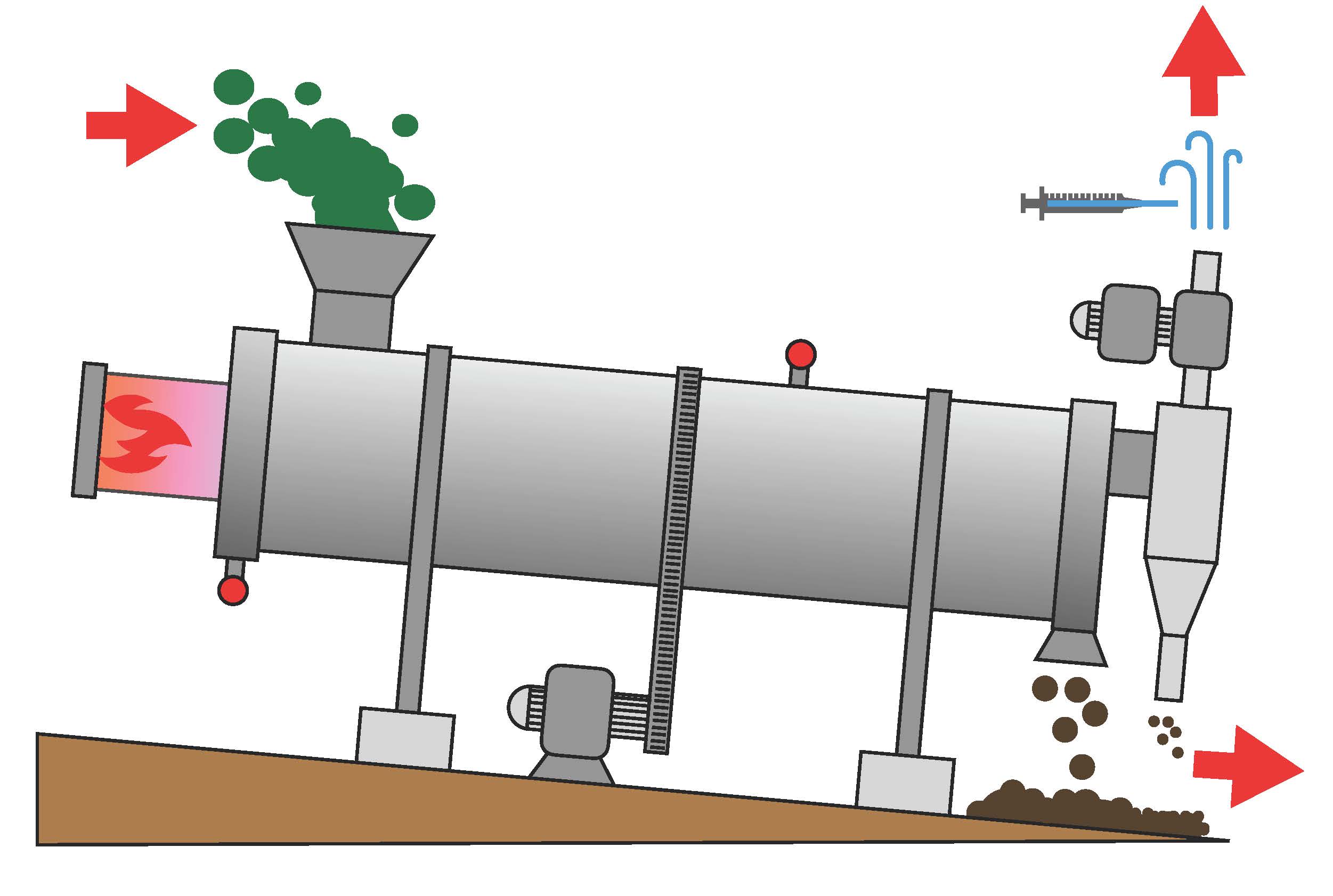In the industrial production of olive oil, both solid wastes and those produced from their incineration are a serious environmental problem since only 20% w/w of the fruit becomes oil and the rest is waste, mainly orujo and alperujo. A key aspect to transform these wastes into an important source of energy such as pellets is to recognize the most appropriate time of the year for waste drying, with the objective of minimizing the environmental impact of the volatile compounds contained in the waste. In this work, the emissions produced during thermal-mechanical drying were studied along a period of six months of waste storage in which alperujo and orujo were stored in open containers under uncontrolled environmental conditions. The studied emissions were produced when both wastes were dried in a pilot rotary drying trommel at 450ºC to reduce their initial humidity of around 70-80% w/w to 10-15% w/w. Results indicated that when the storage time of the wastes in uncontrolled environments increases, the emission of odorant compounds during drying also increases as a consequence of the biological and chemical processes occurring in the containers during waste storage. The main odorant VOCs were quantified monthly for six months at the outlet of the drying trommel. It was determined that the drying of this type of waste can be carried out properly until the third month of storage. Afterwards, the concentration of most VOCs produced widely exceeded the odor thresholds of selected compounds.

